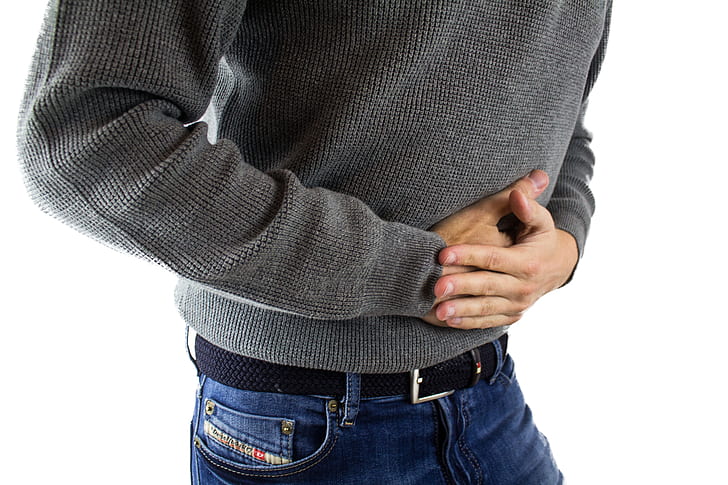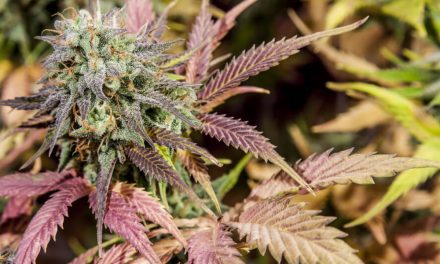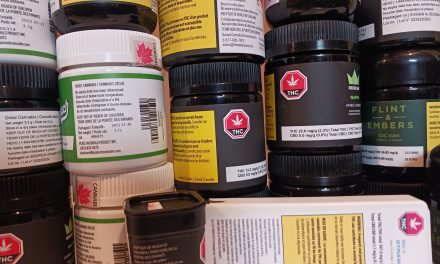What is Cannabinoid Hyperemesis Syndrome?
By Justin Allec
Over the last decade, some cannabis users have found themselves stricken with bouts of recurring nausea, vomiting, and severe abdominal cramping. This collection of symptoms has become known in the medical world as cannabinoid hyperemesis syndrome (CHS).
Like a lot of the physiological questions around cannabis, there still isn’t much known about CHS because there hasn’t been time or funding for the necessary research. What happens to some cannabis users—which can mean someone who uses multiple times a day, or even someone who uses only once every few months—is that it leads to cyclical bouts of these painful symptoms even when they’re not indulging. Though these cases are still rare, it has been reported that CHS can be so severe that some users require emergency room intervention. The only readily available treatment that seems to relieve the CHS symptoms is hot showers—the longer the better. However, the water treatment can also lead to added danger in the form of dehydration, and in some extreme cases, kidney failure. The only actual so-called cure for CHS, at this point, is total abstinence from cannabis.
The prodromal phase of CHS (the period between the initial symptoms and the full-fledged condition) matches a lot of the negative effects of cannabis use: increased thirst, mild abdominal pain, nausea, anxiety, sweating. These symptoms worsen over time, and depending on usage, can take years to compound. The hyperemesis phase, or full-blown CHS follows: nausea, painful retching, abdominal pain, usually in day-long cycles. This phase can last anywhere from two weeks to three months depending if users continue to abstain from cannabis use. Eventually, the body enters a recovery phase where the worst of CHS’s symptoms have passed, but any cannabis use at this point acts as a relapse and triggers the symptoms all over again.
If CHS only affected chronic users, it would be easy enough to point your finger at the cause, but the fact that even occasional use could trigger CHS in some people is concerning. “Habitual use” is too vague as a causation for science. Studies haven’t been thorough enough to account for all background factors, but the result for all people who experience CHS is the same grouping of symptoms. Why some users and not others is a big question and one that the medical system might be forced to answer as cases of CHS increase and we get closer to a 10-year mark for legalization in 2028.














